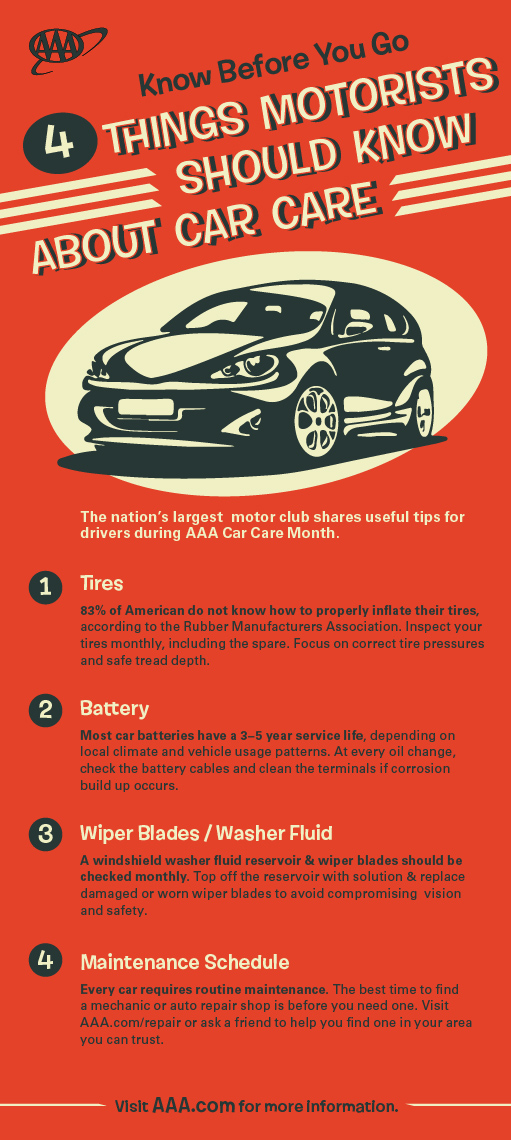Seeking Clearness On The Warning Lights Presented On Your Cars And Truck'S Control Panel? Find Out How They Connect To Your Car'S Health And Safety
Seeking Clearness On The Warning Lights Presented On Your Cars And Truck'S Control Panel? Find Out How They Connect To Your Car'S Health And Safety
Blog Article
Post By-Boye Winters
When you're behind the wheel, those beautiful warning lights on your control panel can be a little bit complicated. Do you know what they're trying to inform you regarding your auto's wellness? Understanding the importance of these lights is essential for your safety and security and the durability of your vehicle. So, look at these guys among those lights pops up, would not you intend to decipher its message properly and take the necessary actions to resolve it?
Common Caution Lights and Interpretations
Determine common warning lights in your car and understand their significances to make sure safe driving.
The most common warning lights consist of the check engine light, which signals concerns with the engine or emissions system. If this light comes on, it's important to have your car checked immediately.
The oil stress warning light shows reduced oil pressure, calling for prompt focus to avoid engine damage.
A flashing battery light might recommend a defective charging system, potentially leaving you stranded otherwise resolved.
The tire pressure tracking system (TPMS) light alerts you to reduced tire stress, influencing lorry stability and gas effectiveness. Disregarding this can result in unsafe driving problems.
The ABS light shows a trouble with the anti-lock braking system, jeopardizing your ability to quit swiftly in emergency situations.
Finally, the coolant temperature alerting light warns of engine overheating, which can result in severe damages otherwise settled promptly.
Comprehending these usual caution lights will help you address problems promptly and keep safe driving problems.
Relevance of Prompt Attention
Comprehending the usual caution lights in your automobile is only the first step; the relevance of promptly addressing these warnings can't be emphasized enough to guarantee your safety and security on the road.
When https://transmission-fluid-change16283.worldblogged.com/38073367/just-how-mobile-auto-detailing-services-can-conserve-you-time-and-money brightens on your control panel, it's your automobile's way of communicating a potential issue that needs interest. Disregarding these warnings can bring about a lot more serious troubles down the road, compromising your security and potentially costing you a lot more in repairs.
Trigger focus to alerting lights can prevent failures and mishaps. For example, a flashing check engine light can suggest a misfire that, if left neglected, might trigger damages to the catalytic converter. Resolving official source can save you from a pricey repair work.
Likewise, a brake system cautioning light might signify reduced brake liquid or used brake pads, crucial elements for your safety and security when driving.
Do It Yourself Troubleshooting Tips
If you discover a caution light on your control panel, there are a couple of DIY repairing tips you can attempt before seeking professional aid.
The primary step is to consult your car's manual to comprehend what the details caution light suggests. In some cases the issue can be as basic as a loosened gas cap activating the check engine light. Tightening the gas cap may resolve the problem.
One more typical concern is a reduced battery, which can activate numerous cautioning lights. Examining the battery links for deterioration and ensuring they're safe may take care of the trouble.
If a warning light continues, you can attempt resetting it by separating the cars and truck's battery for a few mins and then reconnecting it. Furthermore, inspecting your lorry's fluid levels, such as oil, coolant, and brake liquid, can help repair warning lights connected to these systems.
Conclusion
In conclusion, recognizing your automobile's warning lights is necessary for maintaining your vehicle running smoothly and securely. By immediately addressing these notifies and knowing what they indicate, you can prevent costly repairs and prospective breakdowns.
Bear in mind to consult your vehicle's manual for certain information on each alerting light and do something about it as necessary to make sure a trouble-free driving experience.
Remain notified, stay safe on the road!
